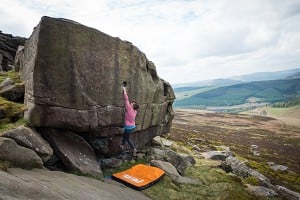
Climbing bibliophile David Hume shares some thoughts on his mountain literature favourites after a long spell of lockdown reading...
"Some photos of piles of books and what I think of them."
What do I do when I'm not climbing? Well I come home from climbing, talk about climbing, plan some climbing, think about climbing, and, as time goes on, remember going climbing. I have heard that some people even train for climbing. I also like to read about it - books, magazines, club journals, UKC forums and features, can all help feed my little climbing rat. Then there are DVDs, YouTube, TV, and full-blown feature films - full saturation is possible. I love it all. But it's books I've been thinking about since lockdown began.
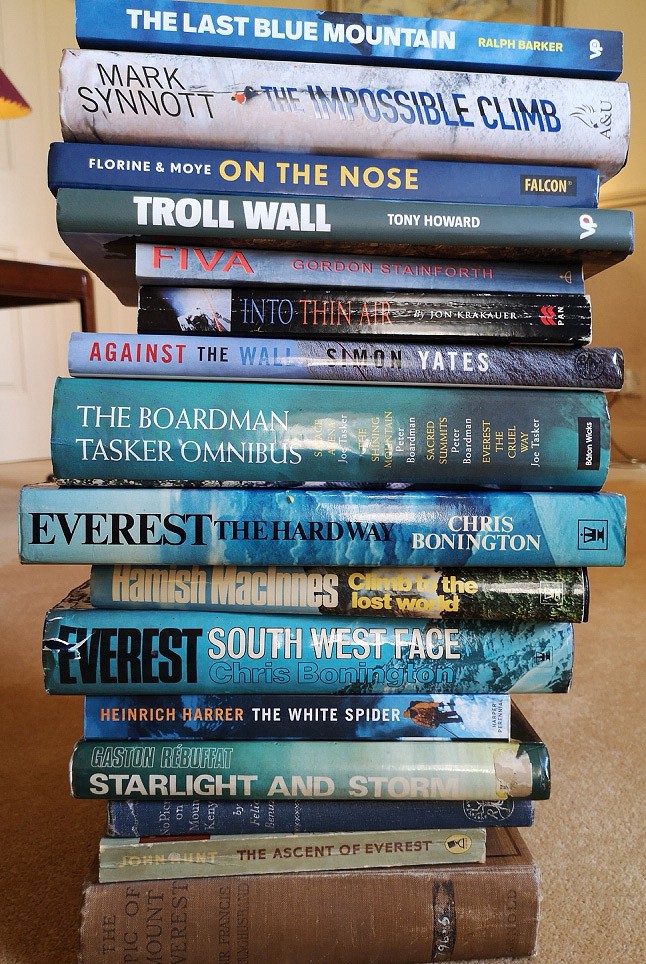
I enjoy a bit of sorting, classifying and therapeutic tessellation (dishwashers and packing for Kalymnos are my specialities) and during week one of lockdown I decided to have a rummage through the various climbing books on my shelves. Were there any clear categories I could play with? Could I risk a reclassification? Maybe there were some trends and patterns in climbing literature to be found, and I made it my sad mission to explore that thought, and where the literature may be going in future. I ignored the guidebooks, journals, magazines, VHS and DVDs for another day, or more wisely, another writer, and heaved my collection onto the floor.
Some of my earliest acquisitions were accounts of specific events or expeditions, John Hunt's Ascent of Everest as the most predictable, but Sir Francis Younghusband's The Epic of Mount Everest (1926) came from an earlier tradition of books about exploration. However, Hunt's account marked the start of a run of books in my Events and Expeditions category that continues to the present day. In the 1950's, two stood out for me – No Picnic on Mount Kenya by Felice Benuzzi (1953), recently ably reviewed on UKC by Ronald Turnbull, and Heinrich Harrer's The White Spider, his retrospective account of the Eigerwand first ascent.
In the 1970s and 80s there followed a flush of expedition books, with the ever-productive Bonington, Pete Boardman, Joe Tasker, Hamish MacInnes, and Joe Simpson. Since then significant climbs or tragedies have often led to books, and a few retrospective accounts have appeared in recent years – Troll Wall by Tony Howard published 46 years after the 1965 epic, Gordon Stainforth's little gem Fiva and The Last Blue Mountain by Ralph Barker about the 1957 Haramosh expedition. Keeping this category alive, Hans Florines' 2016 On the Nose tells the story of El Cap speed records, and in 2019 The Impossible Climb by Mark Synott capitalised on Honnold's Free Solo, although you'll be forgiven if you find it is mostly about the author's climbing life. I may have to reclassify this as an autobiography.
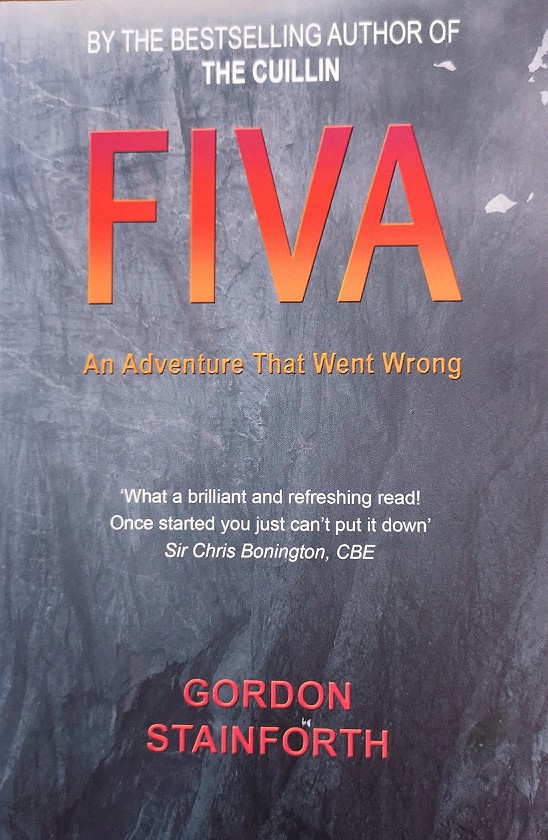
Characters and celebrities formed the biggest pile on my floor. Biographies, autobiographies, and a few that are perhaps best described as symbiographies – where a support writer has presumably done more than sharpen the pencils and make the tea. This category of 'Ographies is a roll call of climbing's great and good. From the 1950s to the 1980s that roll call includes Chris Bonington (the first in a succession of autobiographies), Brown, Whillans, Haston, Patey, Bonatti, Heckmair, Mo Anthoine, Paul Nunn and Julie Tullis. The big names, and a few less prominent, of the last 50 years continue to roll off the press, either telling their own tale or having it told – it's too long a long list to recite – here's some photos instead.
Some were captivating revelations to me, such as Jules Lines' 2013 Tears of the Dawn, Tony Howard's Quest into the Unknown (2019), Bernadette McDonald's The Art of Freedom about Voytek Kurtyka, and Nick Bullock's Tides.
Coffee Tables: Starting in the 1970s Ken Wilson more or less launched the coffee table revolution in climbing books, with Hard, Classic and, later, Extreme Rock. Rebuffat's 1973 Mont Blanc Massif – the Hundred Finest Routes may have pre-dated Hard Rock, but Wilson's publishing journey was just beginning. These atmospheric collections of illustrated essays acted as both extended guidebooks and inspiration, and many have followed – Extreme Alpine Rock, Cold Climbs, Himalaya Alpine Style, Wild Walks. The large format is an ideal medium for high quality climbing and mountain photography, for example Huber and Zak's Yosemite, Diadem's High Mountains of the Alps, and, a coffee table in its own right, Jim Thornburg's Stone Mountains (Photo 7) showcasing the crags of North America. The large format has also been used autobiographically by Doug Scott and Bonnington, and as definitive history in Peak Rock.
Expeditions, biographies and coffee tables make up the bulk of my books, (apart from guidebooks), but the aspirant classifying nerd has to deal with minor categories too. Instructional books can rapidly become historical as climbing and its equipment evolve. Rebuffat's On Snow and Rock (1959) with his red socks, patterned jumper and britches, chimneying elegantly up Chamonix granite spires and Alan Blackshaw's 1965 Mountaineering are early examples of the kind of help we climbers can get from print. These pioneer instructional books focused mostly on technique, but the modern sport thrives on training and managing the mental aspects. Arno Ligner's The Rock Warrior's Way channelled our internal ninja, Moffatt's Mastermind shows how confidence and drive will make it happen for you, and Dave MacLeod will tell you the mistakes you'll usually make. Pete Whittaker's newly published Crack Climbing brings books about technique bang up to date.
Histories are a good bet in most fields, and climbing enjoys a few, sometimes very specific to an area – Peak Rock, Welsh Rock, even to a single, albeit important crag The Black Cliff, Soper et al.
Essay collections form a small category, with The Games Climbers Play, another Ken Wilson legacy, standing out for my generation. Ed Douglas's The Magician's Glass is another fine read. The journals of the Alpine Club, the Climbers' Club, the FRCC and local club publications all thrive on short essays.
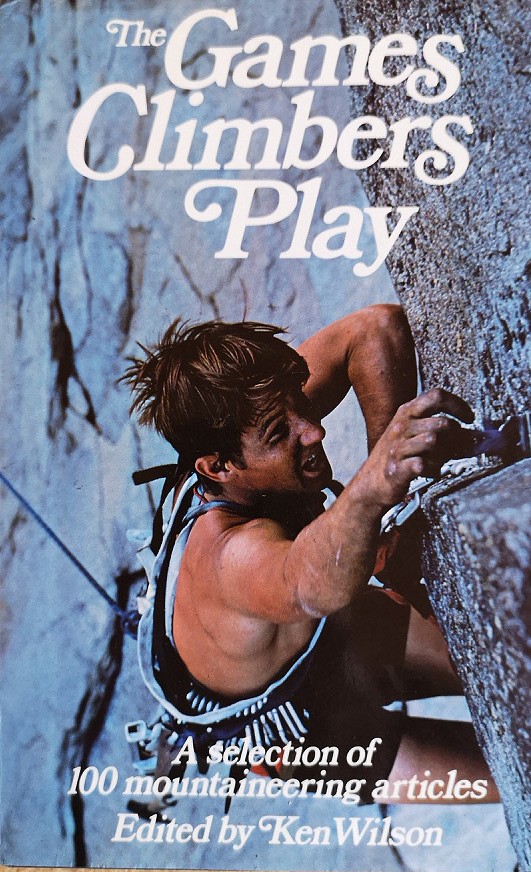
Fiction, Poetry and Humour make much smaller marks on the bigger canvas of climbing literature. Climbing fiction has always split opinion amongst climbers and has proved tricky for the non-climbing public, yet there is some fine writing in the works of Anne Sauvy and Dermot Somers. A recent reprint of First on the Rope by Roger Frison-Roche is another good read. G.J.F. Dutton's Complete Doctor Stories and his memorable spoof on the Everest expeditions The Ascent of Rum Doodle stand out in the humour section.
The re-organisation of my bookshelves filled one lockdown day, but I was still left with some tricky issues – where did Colin Wells' Who's Who in British Climbing fit? Hamish MacInnes's Call Out? Why are books all the wrong sizes for my shelves? What is the point of all this reshuffling? The lack of regular visits to the wall was already showing.
Musing on the future: Gaps surely remain to be filled in the biography/autobiography category. I do hope that a definitive Joe Brown is in preparation. Our current climbing stars may yet put pen to paper (you know who they all are), and maybe with the Olympics happening eventually we'll have someone's memoir on The Plastic Years on our Christmas list. Climbing literature is still alive and well despite the pressure on print books from other media. The contribution of Diadem, Baton-Wicks and now Vertebrate Publishing has been significant in helping to populate our bookcases. I think it would be great if every UK climbing area produced their own version of Peak Rock to document their place in our obsession.
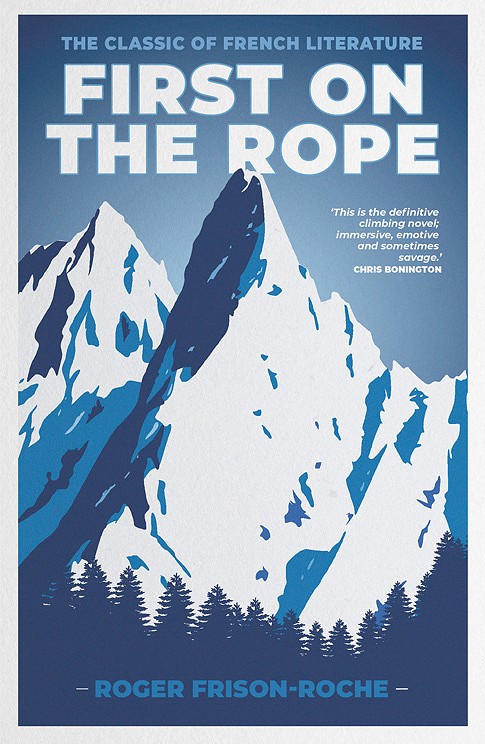
Translations from the back catalogue of other languages are all too rare, but recent reprints of older classics like The Last Blue Mountain and First on the Rope (UKC review) keep the retro medium alive. Digital media offer ready access to climbing writers and readers, and former print magazines and club journals - a rich quarry of climbing writing - have gone digital too. Guidebooks are evolving into apps, and the improving quality of filming at all budget levels is bringing us more visceral experiences, and I soak them all up, but I still like a book to caress at night. Especially when I can't go climbing.
All this musing has been based on a personal and hopefully representative sample of climbing books, which by default have been mostly UK or North American publications. Many of them mark some milestone or another in my climbing life, and maybe in yours. I am sorry if I have omitted mention of your favourites. I'm off now to re-organise my guidebooks. Happy reading!
- Praxis, Protos and Patrias 12 Jun, 2011
- The New British Climbing Dictionary 26 Dec, 2010
- Proud to be a Bumbly 21 Mar, 2008

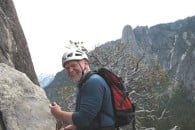

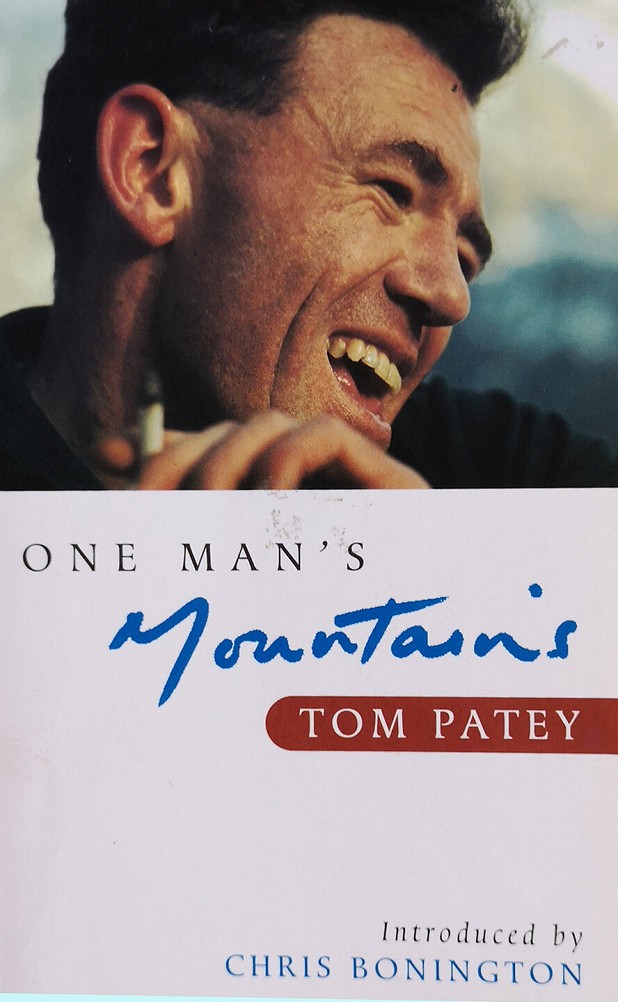
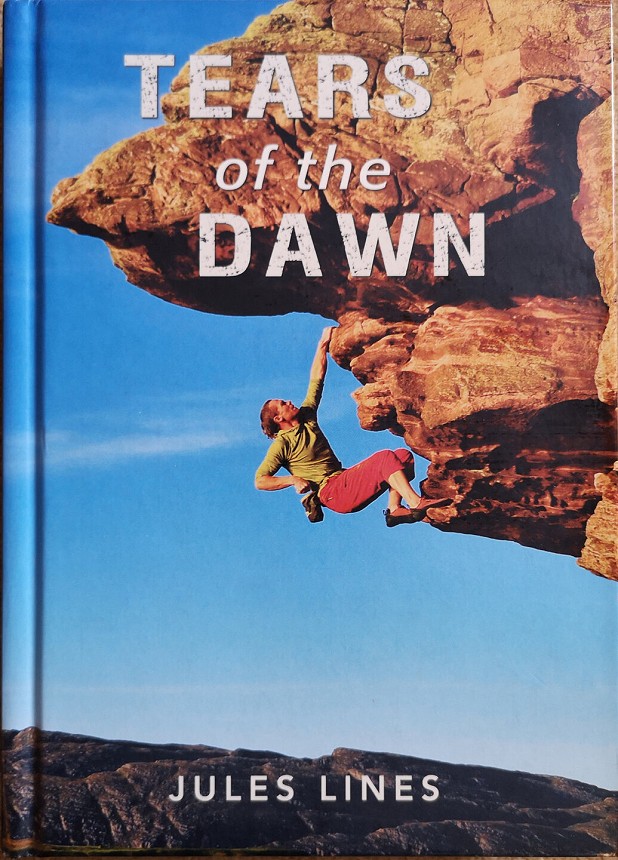
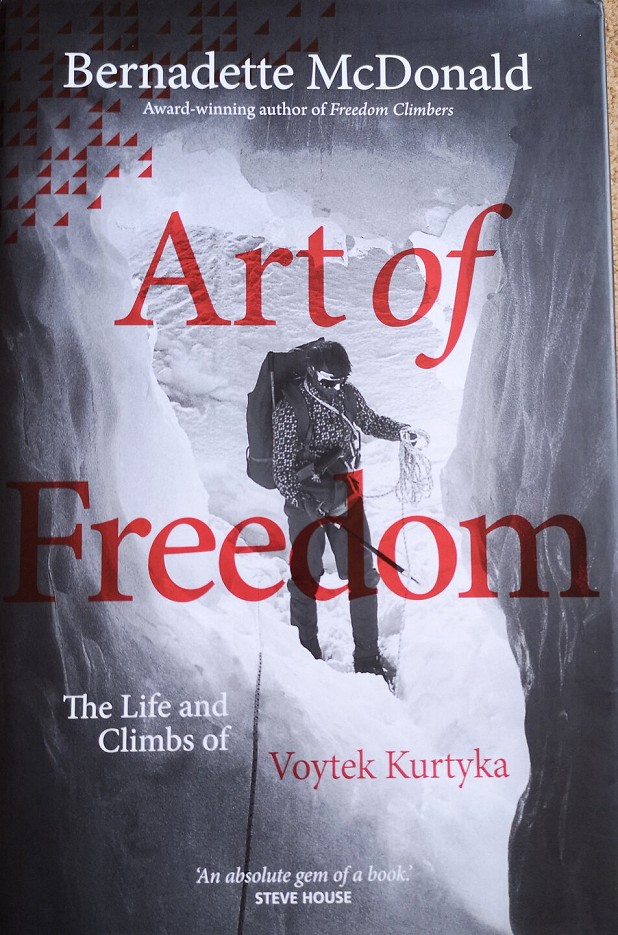

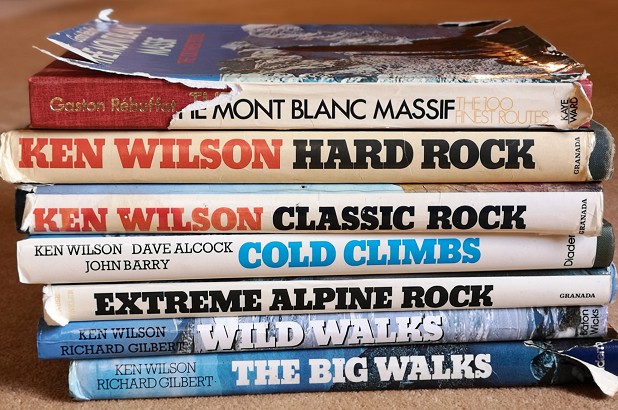


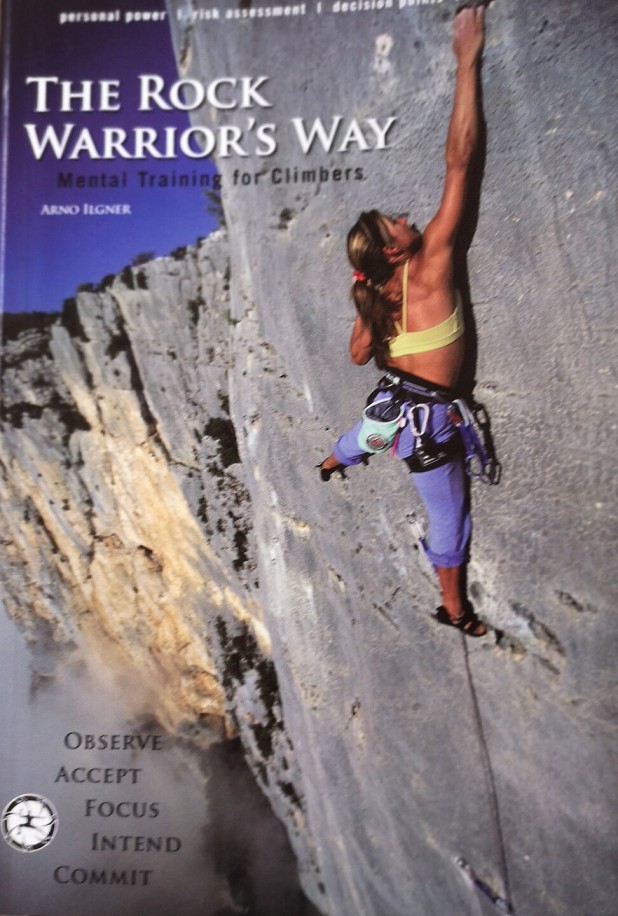
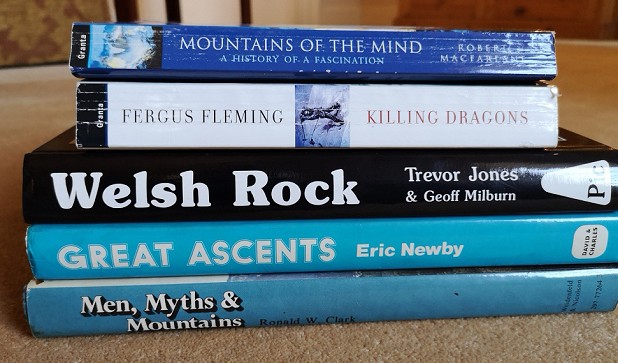
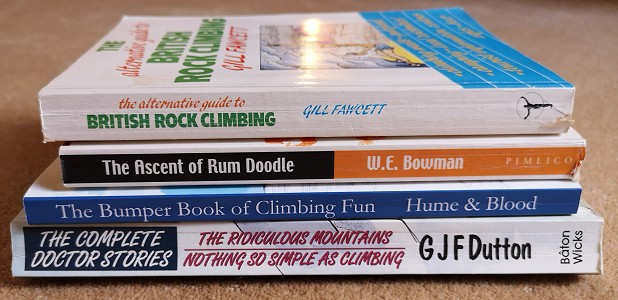
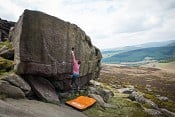


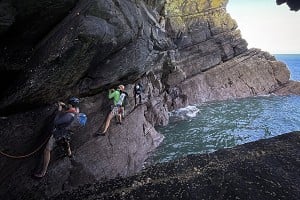









Comments
Thanks David
"I think it would be great if every UK climbing area produced their own version of Peak Rock to document their place in our obsession."
The Great Mountain Crags of Scotland by Guy Robertson and Adrian Crofton is a step, with supporting books on the Cairngorms & Ben Nevis from the SMC.
All the titles you mention or show in the photos are in English, learning another language brings many more books (to my wife's dismay), most not available in translation. So from my shelves, Rebuffat's 100 best routes on Mt Blanc is just one title in a series.
I've noticed that there are quite a few folks on UKC who are/were cavers (as well as climbers). Obviously, the canon of literature is smaller and probably less appealing to non-cavers at a first glance. However, there are many examples that can stand with the best of climbing and mountaineering. One that I would very much recommend to anyone interested in tales of extreme adventure is Martyn Farr's 'The Darkness Beckons'. Fascinating and horrifying at times, it's a history of cave diving that is every bit as tremendous as the exploration of space. One book that had a massive influence on me personally is the little known gem 'Potholing beneath the Northern Pennines' by David Heap. I probably read that in my early teens and my fate was sealed.
I own an embarrassing number of those books. One you've not mentioned, which I think is as worthy as any, is Creagh Dhu Climber: The Life and Times of John Cunningham. A wonderful book that I found moving, and for want of a better word, atmospheric. It is years since I read it, so I don't recall the details, but I think it was very evocative of a time, a culture and a 'scene.'
... and not a guidebook amongst them!
Chris
Decades ago Pete Livesey wrote something about a cave rescue in Mexico which involved some super-human efforts by a hard-as-nails caver and many, many days of arduous underground travel. I'd totally read something like this again! Do you have any idea what story I'm talking about, and has it appeared in print again?